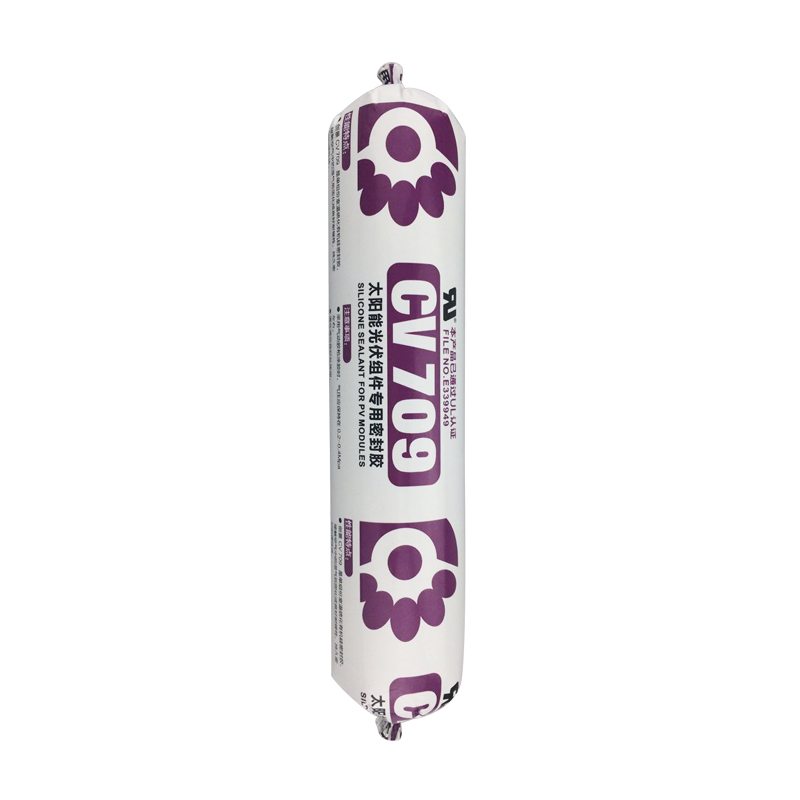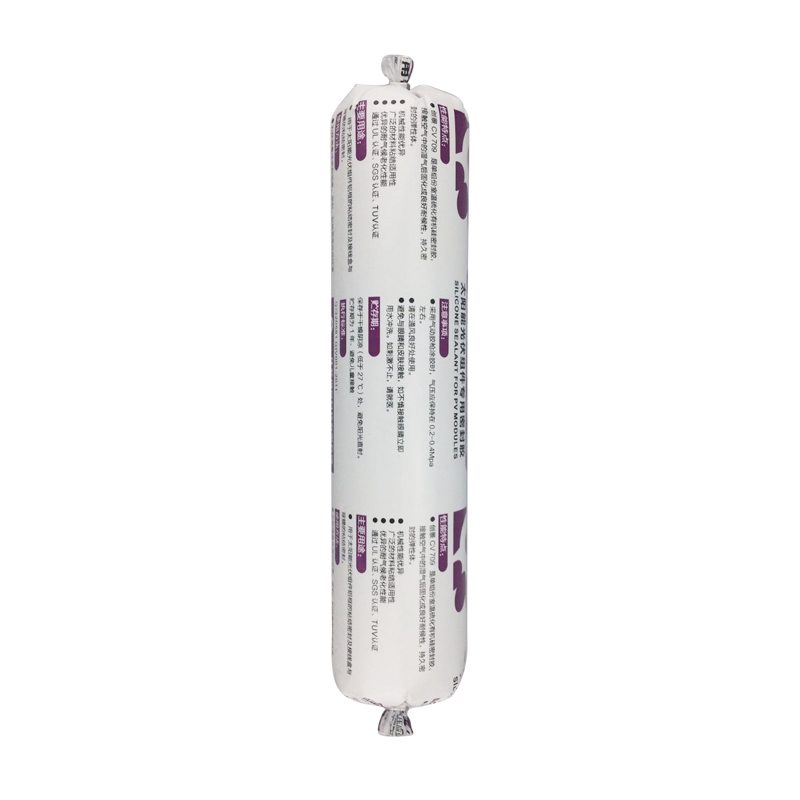Factory Supplier for CV-709 silicone sealant for PV moudels for Buenos Aires Manufacturer
Short Description:
Description CV709 is a high-performance silicone sealant, one-component oxime type room temperature curing silicone rubber, has excellent weather resistance, high thixotropy, after curing for solar components involved in the base material has good caking property, by TUV for environmental requirements of the ROHS, UL E339949 Key Features 1. 100% silicone 2. No sag 3. high thixotropy 4. Water & weatherproof 5. For solar components involved in the base material has good bonding Basic Ap...
With a sound business credit, excellent after-sales service and modern manufacturing facilities, we have earned an excellent reputation among our customers across the world for Factory Supplier for CV-709 silicone sealant for PV moudels for Buenos Aires Manufacturer, We are confident to make great achievements in the future. We are looking forward to becoming one of your most reliable suppliers.
Description
CV709 is a high-performance silicone sealant, one-component oxime type room temperature curing silicone rubber, has excellent weather resistance, high thixotropy, after curing for solar components involved in the base material has good caking property, by TUV for environmental requirements of the ROHS, UL E339949
Key Features
1. 100% silicone
2. No sag
3. high thixotropy
4. Water & weatherproof
5. For solar components involved in the base material has good bonding
Basic Application
1.Solar module frame seal
2.The adhesive of the solar energy back to the terminal block
3.General industrial assembly with seal
Technical data sheet
| Test standard | Test project | Unit | value |
| Before curing——25℃,50%R.H. | |||
| specific gravity | g/ml | 1.34-1.40 | |
| GB13477 | Operating time | min | 15 |
| GB13477 | surface drying time(25℃,50%R.H.) | min | 40-60 |
| 3 days after curing——25℃,50%R.H. | |||
| Temperature range | ℃ | -55~200 | |
| GB13477 | Durometer Hardness | Shore A | 40~55 |
| The ultimate tensile strength | Mpa | ≥2 | |
| GB13477 | Breaking elongation | % | 300-600 |
| Aluminum bonding shear strength | Mpa | ≥1.5 | |
| Electrical properties | |||
| Breakdown voltage | Kv/mm | ≥20 | |
| Volume resistance | ohm.cm | 9E+14 | |
| Dielectric constant | 3.1@50Hz | ||
Certification
UL E339949; TUV
Color
Black, White
Package
300ml in cartridge * 24 per box, 500ml in sausage *20 per box
Shelf life
12 months
Note
If you want the TDS or MSDS or other details, please contact with our sales person.
For more info and to purchase: https://www.eastwood.com/eastwood-afterblast.html?utm_source=Youtube&utm_medium=Annotation&utm_content=After%20Blast&utm_campaign=2010-05-27
A great solution for properly prepping your project for primer, paint, powder, or any other coating.
Use “After Blast” after blasting or sanding metal, then paint, prime or powder-coat
After Blast cleans, degreases and etches just-blasted or newly-sanded metal to improve adhesion for painting, priming or powder-coating.
Spray, wipe and repeat until clean
Aqueous cleaners and phosphoric acid clean and etch the metal
Zinc phosphate coating improves paint, primer or powder adhesion
Also protects against flash corrosion
If you painted your boat with hydrophobic would it go faster — or slower? Would it repel water? Would it stop floating and sink to the bottom with you paddling underwater? Would all the water be so scared it jumps out of the river and leaves you confused and paddling against the sand? Will there be less friction on the boat, possibly resulting in less drag?
Hydrophobic means “afraid of water” in ancient Greek. Hydrophobic seemingly repels water, but really it doesn’t attract water. Contact angles are the measurement between the surface and side of a water drop. Hydrophobic surfaces have a contact angle ranging from 90° to 150°. Superhydrophobic surfaces have contact angles from 150° and up. Drops are rounder if the contact angle is higher. Water drops on superhydrophobic surfaces are round like a ball so they roll easily and have less drag. Water drops on non-hydrophobic surfaces look like a really flat tire so they have more drag. Drag is resistance caused by friction. Drag makes things go slower.




